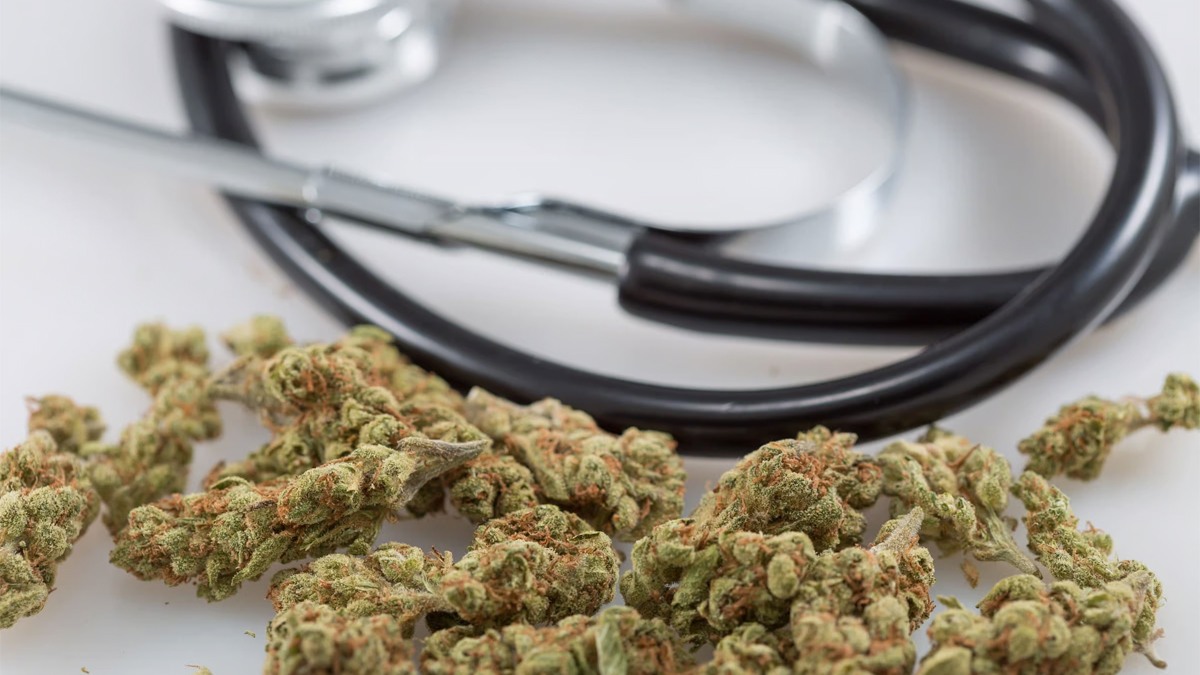A new poll indicates tokers haven’t been smoking less weed despite ongoing inflation, but they may be buying greater amounts of lower-quality bud than they did last year.
In fact, the Pollfish survey suggests US cannabis consumers may actually be smoking more weed now than they did in previous years, Forbes reported. Although the difference may not be statistically significant, the poll definitely suggests pot buyers aren’t buying less pot, even if everything else costs more this year than it did last year.
Pollfish conducted the survey for Jushi Holdings, a retail pot shop and vertically integrated cannabis producer.
However, as a general rule, inflationary pressure always changes consumer spending habits. So, what’s changed in the last year?
According to Forbes, the Pollfish data shows more Americans are now buying flower at a 6% higher market share. That means edibles, drinkables, and tincture sales have dipped, albeit only a little.
And many consumers may actually be spending a bit more on weed during inflation, too. Forbes noted roughly 29% of the Pollfish respondents said they were spending more on cannabis than they were the previous year. About 44% of respondents said they were spending the same amount as they did last year.
At the end of the day, the average pot shopper is basing their purchases on two major factors: THC content and price.
Last month, MERRY JANE reported on a study from the terpene extract company True Terpenes. The True Terpenes study concluded that cannabis consumers primarily base their weed purchases on the flower’s aroma, not THC content.
That True Terpenes study seems to contradict the Pollfish survey. So, which study is the most accurate? Without more data, it’s hard to say, but here are some possible explanations for the discrepancy.
First, the True Terpenes study didn’t survey the average pot shop customer. Rather, that company’s study looked at responses from judges at an Oregon cannabis competition. Cannabis judges are usually not your typical cannabis consumer. Judges are usually industry leaders, long-time growers, social media influencers, or general weed aficionados (otherwise known as “pot snobs”).
While the True Terpenes study urged the industry to shift its marketing to focus on terpenes and aroma over THC levels, there’s a good chance the average pot consumer isn’t terribly nuanced when they select a weed purchase. The average consumer may just be looking to get the most bang for their buck, hence buying cannabis with a specific THC percentage at an ideal price.
Another explanation for the studies’ discrepancies: The Pollfish survey’s design may have been flawed.
One of its questions asks, “What are your TWO most important factors in choosing a cannabis product?” While “Price,” “THC Level,” “Brand,” and “Strain” are listed as options, “Smell and Flavor” are not. Instead, there’s a throwaway “Other” category where respondents clarified “Smell and Flavor.”
Only two respondents picked “Other,” which adds up to a measly 0.20% of the survey’s total respondents.
Also, keep in mind who funded these studies. The study saying terpenes are the true measure of consumer behavior came from a terpene extracts company. Meanwhile, the study saying a flower’s THC content and price are the true kings was funded by a retail pot shop which, presumably, makes most of its sales from flower.
Either way, the Pollfish survey and the True Terpenes study give us some insights into how and why people purchase cannabis. At the end of the day, a purchase is always an individual choice.
If there’s one thing consistent about cannabis consumers, it’s that we care very little about marketing, because, as one industry leader once told MERRY JANE, “We see through bullshit, man.”
Cover image via
MERRY JANE Staff via (https://merryjane.com/news/cannabis-consumers-are-blazing-more-weed-this-year-despite-inflation)
Keep out of reach of children. For use only by adults 21 years of age and older.










